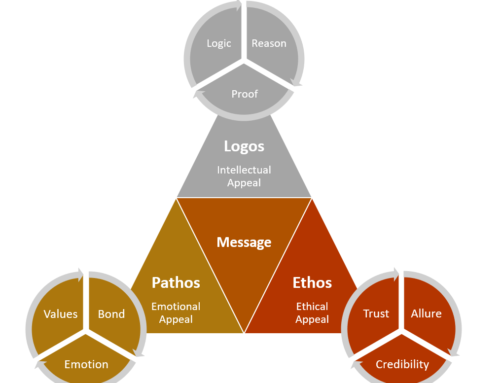
Getting Things Done
The “Tickler” File: One elegant way to manage nonactionable items that may need an action in the future is the tickler file.
Essentially the tickler file is a simple file-folder system that allows you to distribute paper, and other physical reminders, in such a way that whatever you want to see on a particular date in the future “automatically” shows up that day in your in-tray.
If you have a secretary or assistant, you can entrust at least a part of this task to him or her, assuming that he or she has some working version of this or a similar system. Typical examples would be:
- “Hand me this agenda the morning of the day I have the meeting.”
- “Give this back to me on Monday to rethink, since it applies to our board meeting on Wednesday.”
- “Remind me about the Hong Kong trip two weeks ahead, and we’ll plan the logistics.”
I use my tickler file to manage travel documents I need at hand on a certain day, reminders of birthdays and special events upcoming (that would take up too much visual room on my digital calendar), printouts of interesting things to explore when I might have more time in a couple of months, etc.
Another option is scanning this items, putting them in an electronic “tickler folder”, and set reminders to access or address at certain times.
Checklists: Creative and Constructive Reminders
Whenever you have to think about anything, either because of some regularity of a refreshed view (“At the end of every calendar year, I want/need to . . .”) or a specific situation that requires more detail than you can easily recall (“Before I deliver a seminar, I need to . . .”), you should entrust those jobs to your “external mind”—your management system that holds the details you need to engage with at appropriate times.*
There are an infinite number of possible checklists that allow you to have more relaxed control in various situations across your life and work.
Things You Want to Pay Attention To: Often, when we are working with people to clear up what is on their minds, what shows up are things like this:
- Exercise more regularly
- Spend more quality time with my kids
- Do more proactive planning for my division
- Maintain good morale on my team
- Ensure we’re in alignment with corporate strategy
- Keep the client billing process up-to-date
- Focus more on my spiritual practices
- Pay more attention to the individual goals of my staff members
- Keep myself motivated in my job
- Keep current conversations and updates going with key people in my company
What should you do with these “fuzzier” kinds of internal commitments and areas of attention?
First, Identify Inherent Projects and Action
For much of this kind of stuff, there is still a project and/or an action that needs to be defined. “Exercise more regularly” really translates for many people into “Set up regular exercise program” (project) and “Call Sally for suggestion about gyms and personal trainers” (real action step). In such cases, inherent projects and actions still need to be clarified and organized into a personal system.
But there are some things that don’t quite fit into that category, and often, appropriate checklists are needed to address them.
Many times you’ll want some sort of checklist to help you maintain a focus until you’re more familiar with what you’re doing. If your CEO suddenly disappeared, for example, and you instantly had to fill her shoes, you’d need some overview and outlines in front of you for a while to ensure that you had all the mission-critical aspects of the job handled.
Or if you’ve just been hired into a new position, with new responsibilities that are relatively unfamiliar to you, you’ll want a framework of control and structure, if only for the first few months.
As we have instituted a novel organizational structure and operating system in our company, we have been using many critical checklists to support our meeting practices for its implementation, until they become automatic.
Get comfortable with checklists, both ad hoc and more permanent. Be ready to create and eliminate them as required. Make sure you have an easily accessed place to put a new list that’s also attractive and even fun to engage with—in a loose-leaf notebook or in a software application that is readily available. Appropriately used, checklists can be a tremendous asset in enhancing personal productivity and relieving mental pressure.
If in fact you have now captured everything that represents an open loop in your life and work, clarified, and processed each one of those items in terms of what it means to you and what actions are required, and organized the results into an intact system that holds a current and complete overview—large and small—of all your present and “someday” projects, then you’re ready for the next step of implementation in the art of stress-free productivity: the reflection process.


